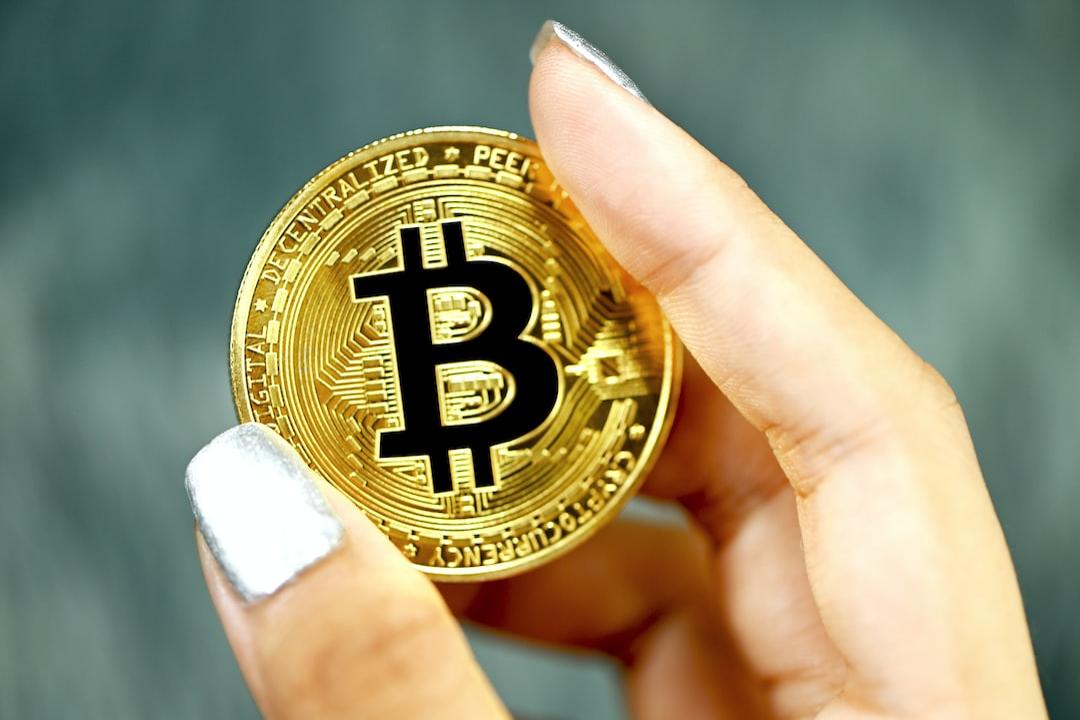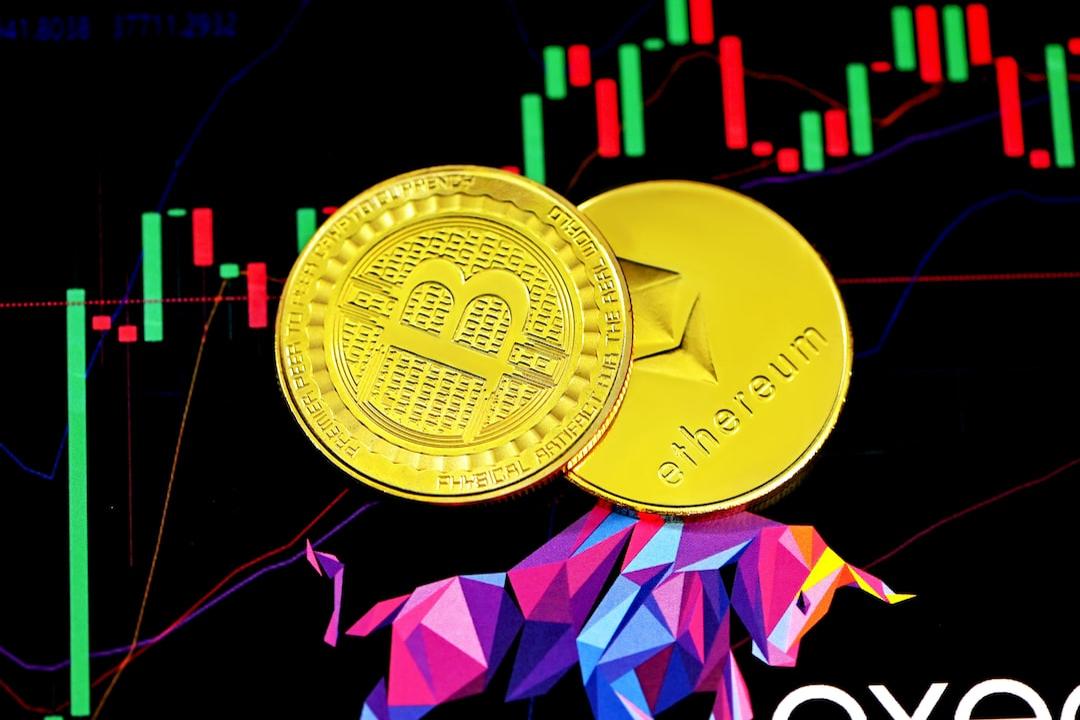The Power of Dollar-Cost Averaging: Demonstrating Bitcoin as a Long-Term Investment and Savings Strategy, Blockchain Lawyer Guo Ke Shows the Results After 500 Days.
(Previous Story: From McDonald’s Fries to Bitcoin Tycoon: Michael Saylor’s MicroStrategy BTC Accumulation Journey)
(Background Information: Jack Dorsey: Block Will Allocate 10% of Monthly Gross Profit to “Dollar-Cost Average Bitcoin”! Currently Holding Over 8,000 BTC)
Many people are afraid of Bitcoin, perceiving it as high-risk, highly volatile, and likely to disappear, thus they dare not touch it.
In the crypto community, there is another group who find Bitcoin too boring, low-risk, and unprofitable, so they do not buy Bitcoin either.
Both groups will miss out on Bitcoin, missing the process of Bitcoin becoming a world currency, which I find very regrettable. Therefore, I publicly embarked on an experiment. On March 13, 2023, I announced that I would dollar-cost average NT$3,000 worth of Bitcoin daily:
This experiment lasted a total of 500 days, during which I used two exchanges in Taiwan: MAX and BitoPro.
Regardless of the price or market conditions, I consistently bought (up to the end of July 2024). Here are the public results of the experiment:


Some believe this experiment was just a matter of good luck, coinciding with a bull market. However, to reach this point, one must have survived the following scenarios:
The process tested our perseverance and our ability to continuously earn fiat currency. We deserve this rise. The results also confirm my thoughts about Bitcoin:
Bitcoin is not just an investment tool but also a savings tool.
Counterintuitively, Bitcoin is a better form of “savings.”
The scarcity and strategic reserves of Bitcoin, in modern society, are the only savings that are not penalized by inflation.
This is one of the gifts Bitcoin offers us.
Those in the humanities and social sciences earn less and need to know how to save.
For example, as a lawyer, I started buying at the peak of the last market cycle: $60,000, and continued to buy regularly: $60,000, $40,000, $30,000, $20,000, $10,000, and so on.
By the time I stopped dollar-cost averaging, I had bought back up to the peak of the last bull market: $60,000, forming a “closed loop.” If you were as foolish as me, then congratulations to you.
Ordinary people work hard, and we choose Bitcoin as a savings method, while most people opt for fiat currency. After these 500 days, our purchasing power has exceeded that of the general public by at least double.
Modern people are hesitant to save, fearing the impact of rising housing prices, inflation, and monetary policy. Therefore, they can only desperately invest, seek ETFs, and look for real estate targets, fearing having too much savings.
The existence of Bitcoin reminds us that saving is a virtue, allowing me to spend more time on my career, family, friends, and further education, rather than constantly researching “how to invest.”
The above is not investment advice. You should assess your Bitcoin strategy based on your own circumstances.
In reality, Bitcoin has transitioned from a high-risk investment to the first lesson in asset allocation, with risks significantly reduced. If you still hold the view that:
it means you are doing something wrong.
The results of this experiment are transparently shared for everyone’s reference.



